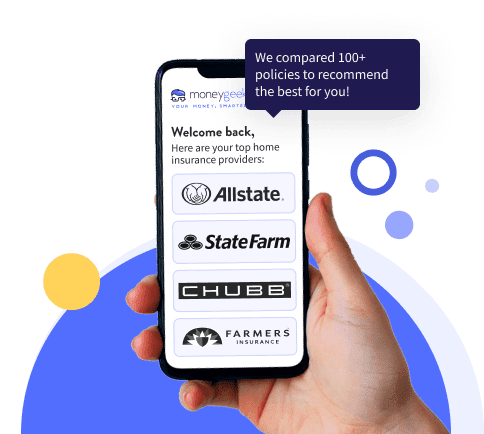Head of P&C Insurance, MoneyGeek
Mark Fitzpatrick has analyzed the property and casualty insurance market for over five years, conducting original research and creating personalized content for every kind of buyer. Currently, he leads P&C insurance content production at MoneyGeek. Fitzpatrick has been quoted in several insurance-related publications, including [CNBC](https://www.cnbc.com/2020/04/15/cant-keep-up-with-insurance-premiums-heres-what-to-do.html), [NBC News](https://www.nbcnews.com/business/autos/flooded-cars-are-problem-their-owners-future-car-buyers-n1278493) and [Mashable](https://mashable.com/article/tesla-insurance-rates).
Fitzpatrick earned a master’s degree in economics and international relations from Johns Hopkins University and a bachelor’s degree from Boston College. He is passionate about using his knowledge of economics and insurance to bring transparency around financial topics and help others feel confident in their money moves.














